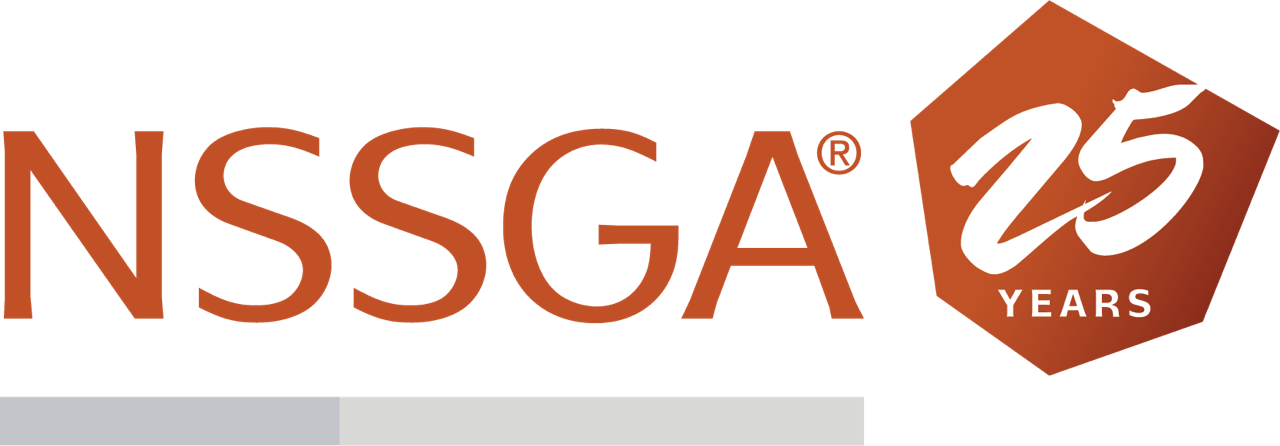Comments on Freight Service Issues to the Surface Transportation Board
The National Stone, Sand & Gravel Association (“NSSGA”) submits these written comments to the Surface Transportation Board (“STB” or “Board”) pursuant to the April 7, 2022, Notice from the STB in the proceeding referenced above, which permits “written comments by any other interested person” concerning freight service. NSSGA members use freight rail to supply aggregates, particularly in fast growing metropolitan areas. The Association of American Railroads (“AAR”) estimates that freight rail moved 1.1 million rail cars of stone, sand, and gravel in 2020. The potential demand for freight rail to move aggregate is likely to increase, for several reasons: First, the demand for products is increasing, and demand will further increase as the IIJA is implemented and additional money is invested in America’s long neglected infrastructure. The demand is and will be in and around “metropolitan” areas. Second, there is insufficient supply to meet existing and future demand for product, and there are limits on the ability to develop additional stone, sand, and gravel operations in metropolitan areas with high demand. Areas of high population growth and aggregates demand areas generally lack available land and reserves for development as quarries, and because of state and local land use regulations and the ever present “NIMBY” issues, which increase the costs and materially delay the development of new aggregate production in heavily populated areas, aggregate producers will seek rural areas for future production. In addition, high population growth areas are generally located along the sunbelt of the U.S. which lacks the necessary geology to produce quality building aggregates. The result is that producers are and will become more dependent on rail, particularly unit trains, to provide aggregates from quarries farther from infrastructure projects and growing communities.

